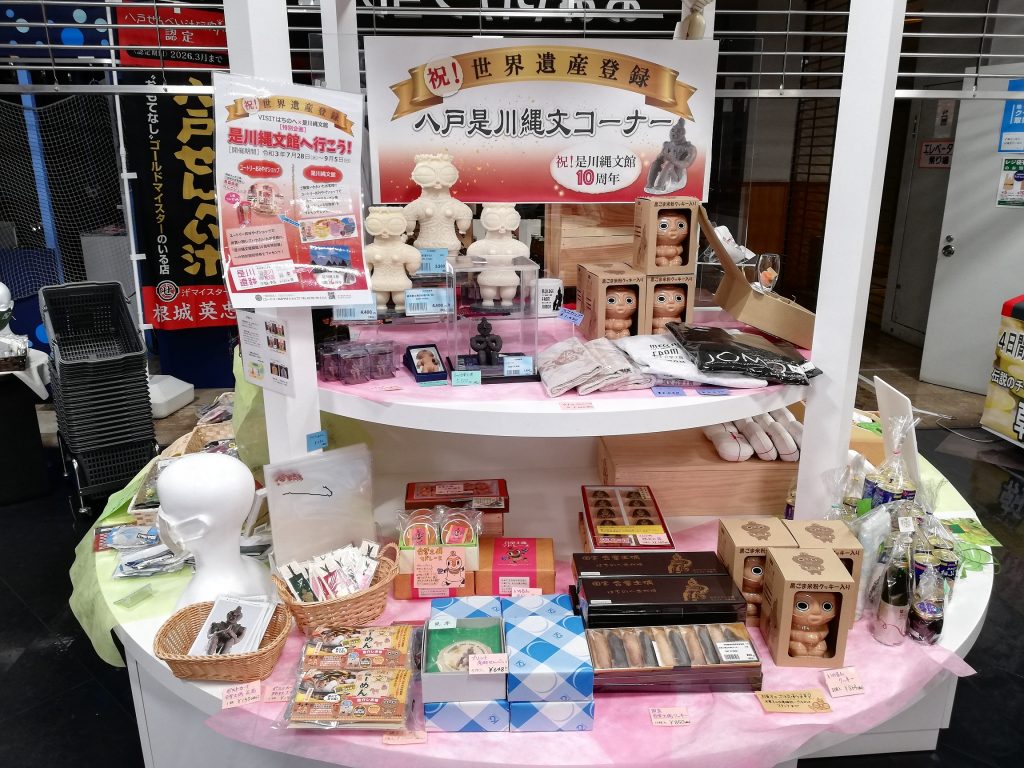On July 27, 2021, the Extended 44th Session of the UNESCO World Heritage Committee officially inscribed the Jomon Prehistoric Sites in Northern Japan on its World Heritage List.
At the Korekawa Jomon Kan, you can learn about the Korekawa Site in Hachinohe, Aomori Prefecture, now an official World Heritage Site. Purchase a one-day bus package to enjoy a casual outing at a great value.
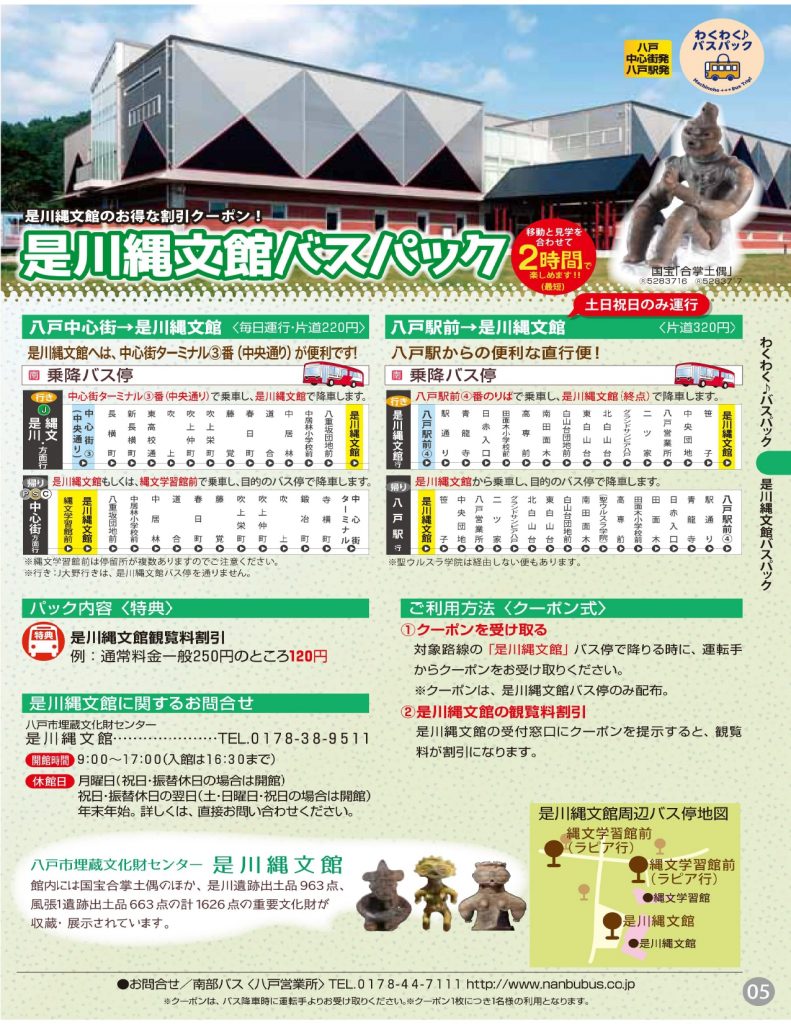
Visit the Korekawa Jomon Kan by bus
The Korekawa Jomon Kan in Hachinohe displays a collection of Jomon artifacts from thousands of years ago, excavated from nearby archaeological sites, including lacquered objects, clay figurines, and decorative earthenware.
JR Hachinohe Station
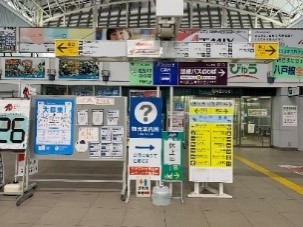
If you don’t know how to get to the Korekawa Jomon Kan, follow the large signs with question marks (?) and arrows (→) pointing to the Tourist Information Center on the second floor of Hachinohe Station after exiting the ticket gate.
1-minute walk
The Hachinohe Tourism Information Center
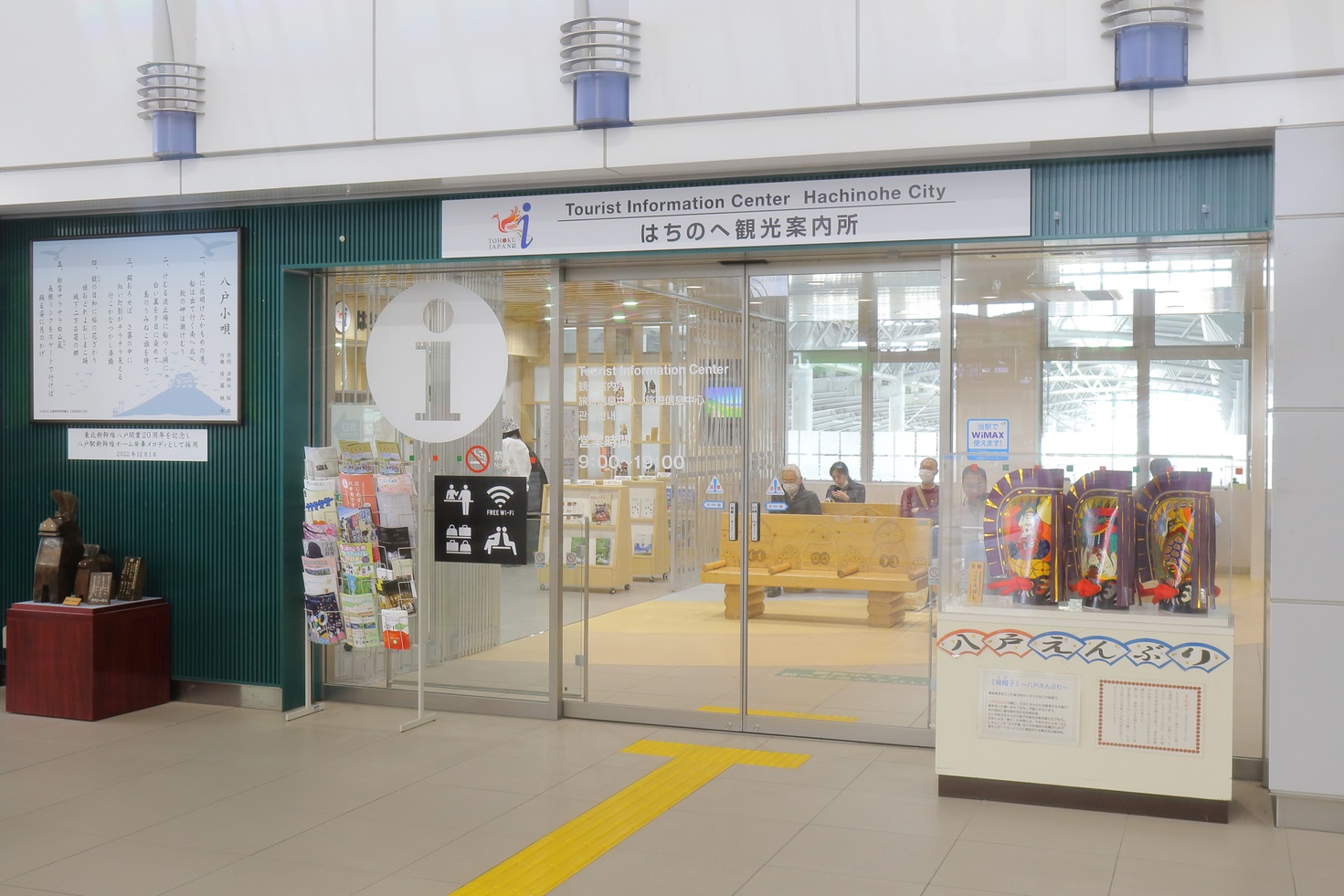
At the Hachinohe Tourism Information Center, staff will explain how to get to the Korekawa Jomon Kan and other sightseeing spots.
Nanbu Bus J45
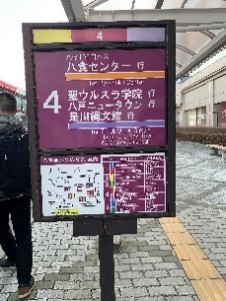
Go to the east exit of the station, and you will see the bus terminal on your right. The bus leaves from bus stop #4 right in front of the big building (about a 25-minute ride).
After about 25 minutes, the bus will arrive at the Korekawa Jomon Kan, the last stop. The fare is 320 yen.
Korekawa Jomon Kan
Korekawa Jomon Kan (Korekawa Archaeological Institution)
If you have purchased a one-day bus package, show your coupon to pay a discounted admission fee of 120 yen. Without the coupon, the price of admission is 250 yen.
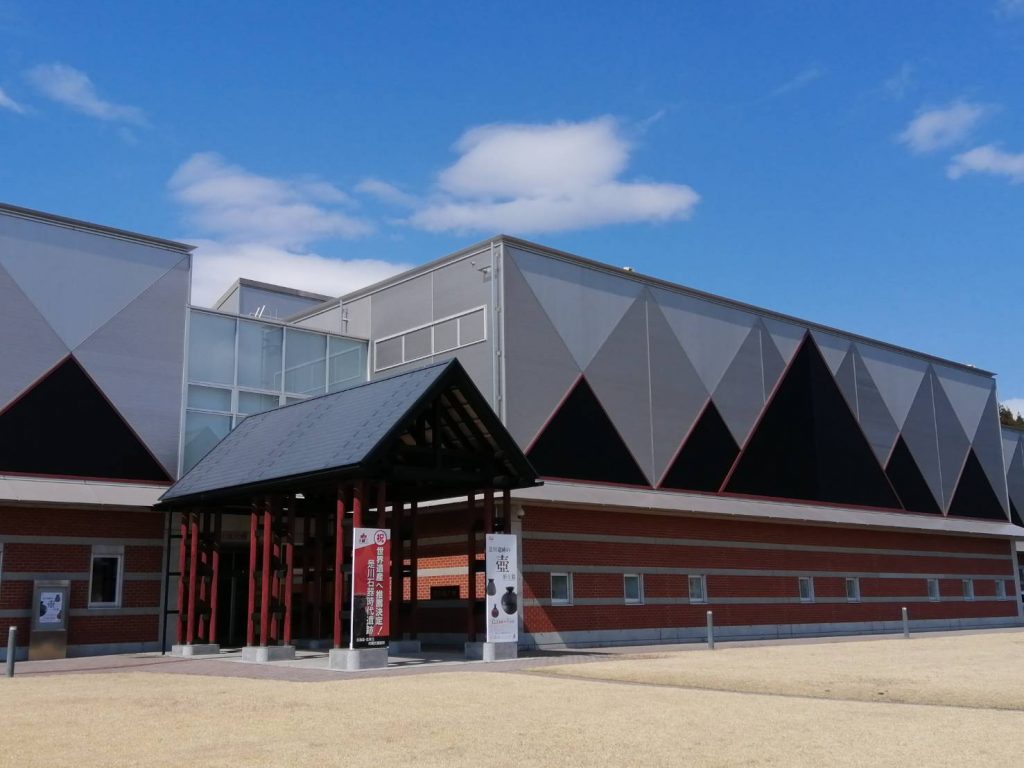
The museum provides free audio guides, but you must present your ID and fill out a form to rent one. The guides are easy to use. Just select the language and press the button that matches the number of the exhibit. Using an audio guide will help you enjoy the exhibits in more depth, especially when visiting alone. Alternatively, you can download the Pocket Curator app, which contains the same information as the audio guide.
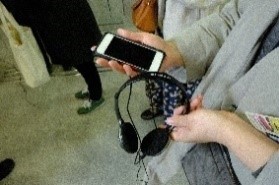
Exhibition Room


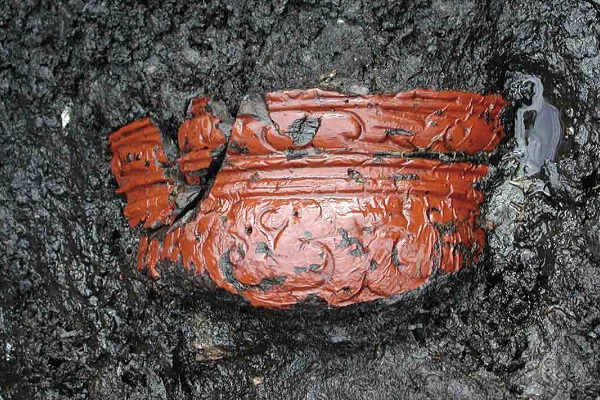
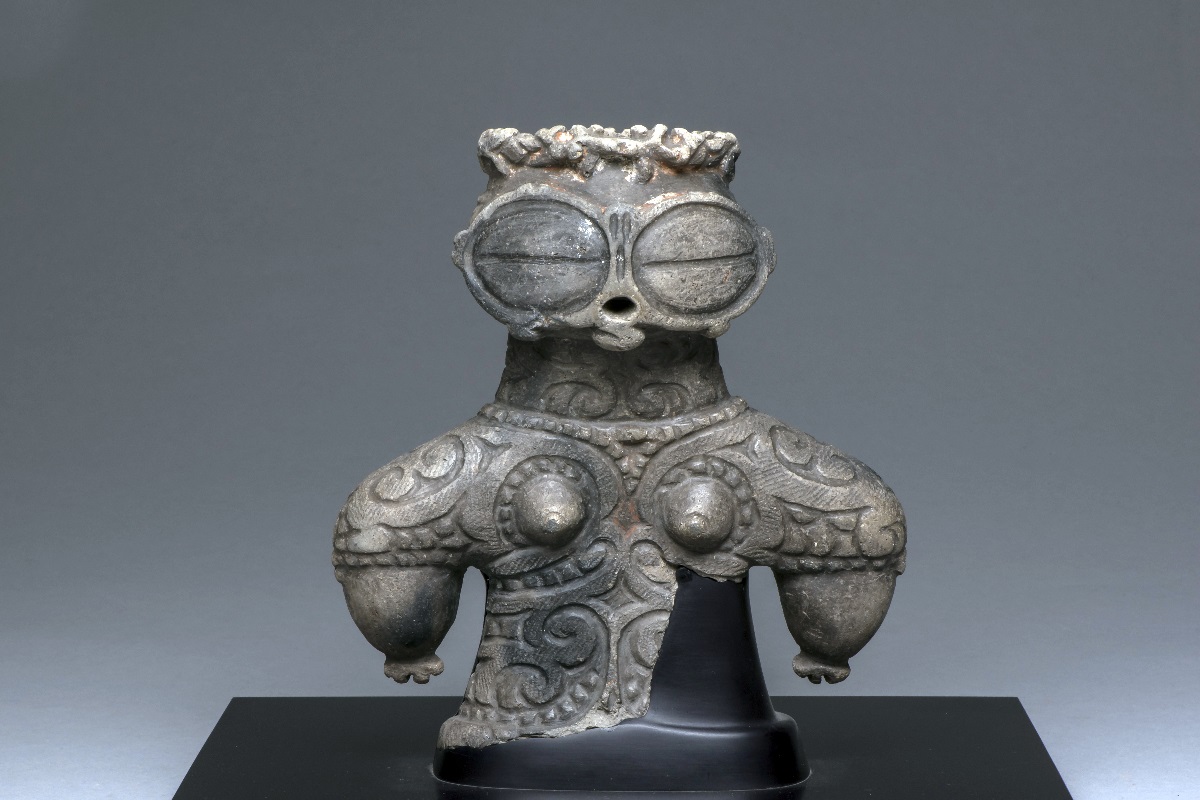
ⒸKorekawa Jomon Kan
Urushi lacquerware from 3000 years ago is on display, excavated from a nearby archaeological site. These wooden bowls, woven baskets, and earthenware are coated with urushi lacquer, a natural resin extracted from the urushi (lacquer) tree. This kind of lacquerware requires a high level of skill and craftsmanship.
Clay figurines dating from 1000 to 300 BC have been found in archaeological sites throughout the Tohoku region. Each one has a unique appearance and expression. Some look like aliens from other planets, some like skiers with goggles, and some like cute mascots. You are sure to find something that intrigues you.
A variety of earthenware is also on display, including spout earthenware, an incense burner, and a large container with a straw-rope pattern, all made without the use of a potter’s wheel.
National Treasure: Gassho Dogu (clay figurines)

ⒸKorekawa Jomon Kan
Registered national treasure Gassho Dogu is displayed alone in a darkened exhibition room. Unlike the other clay figurines found in the wetlands, this one was found in a pit dwelling without its left foot, which was later found 2.5 meters away. This clay figurine had also been broken in places and glued back together using asphalt, proof that it must have been well cared for by the family that lived here 3,500 years ago. The figurine looks as if she is praying, perhaps for long life or safe baby delivery.
There is much to admire while viewing the urushi lacquerware, clay figures, and earthenware and imagining what the lives of the Jomon people must have been like.
After Your Visit
To get from Korekawa Jomon Kan back to Hachinohe Station, get back on the bus at the stop where you got off to visit the museum. The bus will take you back to the east exit of Hachinohe Station (about a 30-minute ride).
About 30 minutes
Hachinohe Station・YouTree
After experiencing Jomon culture, stop by the shop on the first floor of the YouTree building adjacent to Hachinohe Station. Here you can buy souvenirs from the Jomon section that commemorate the registration of the Jomon Prehistoric Sites in Northern Japan as a World Heritage Site.
